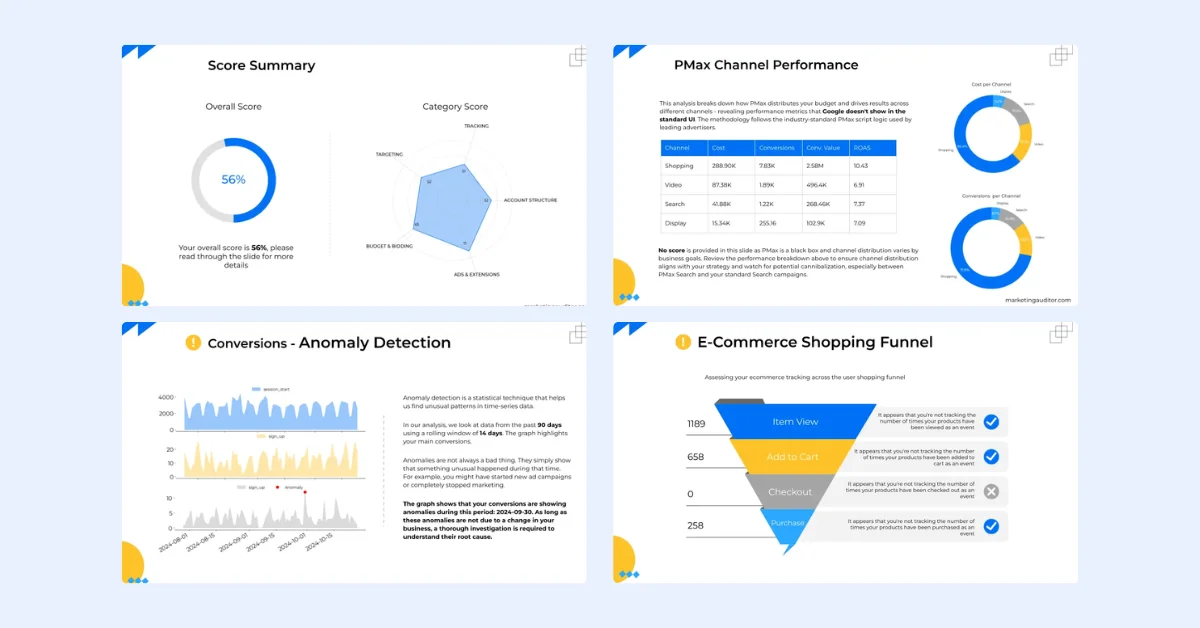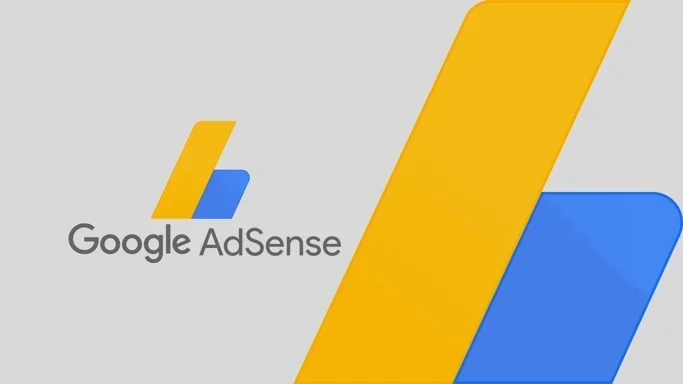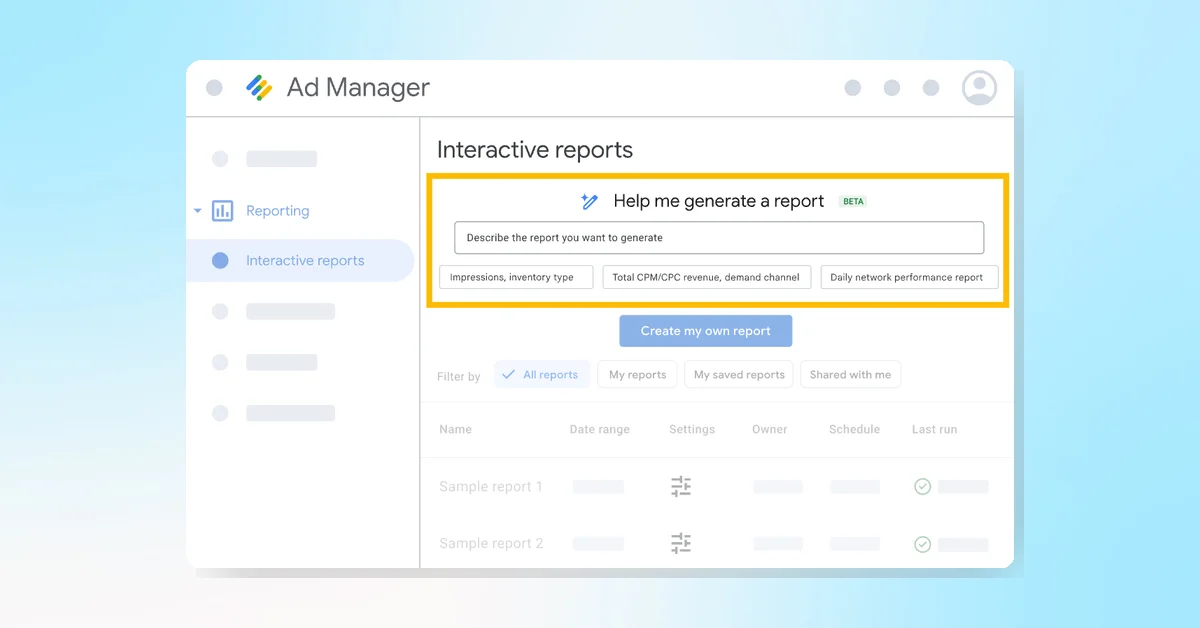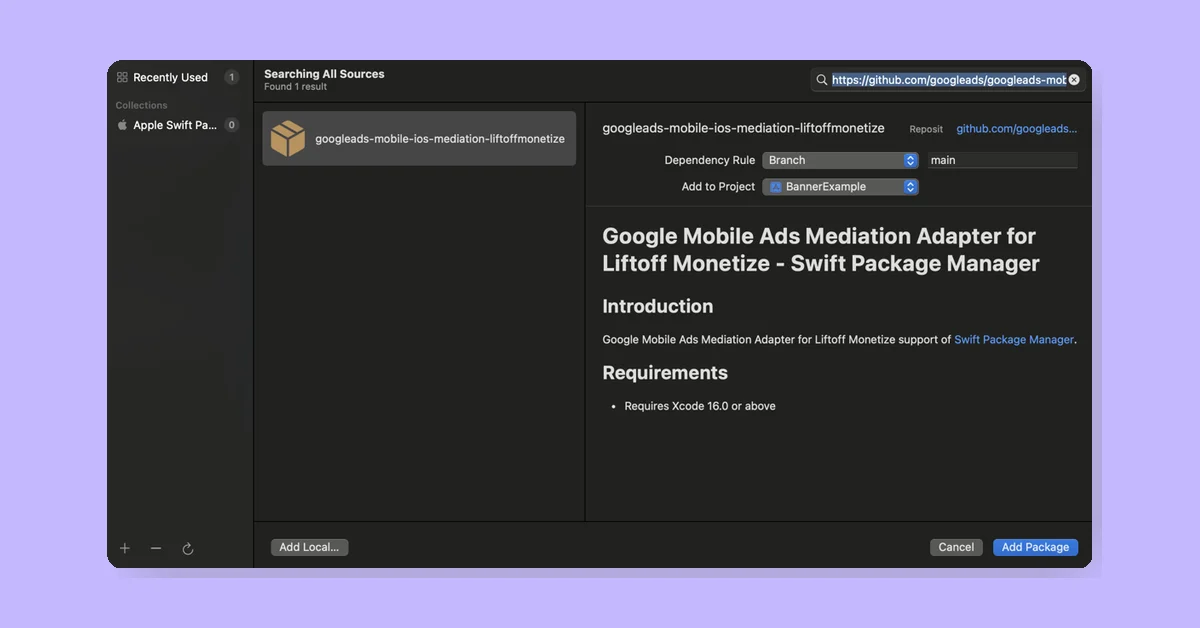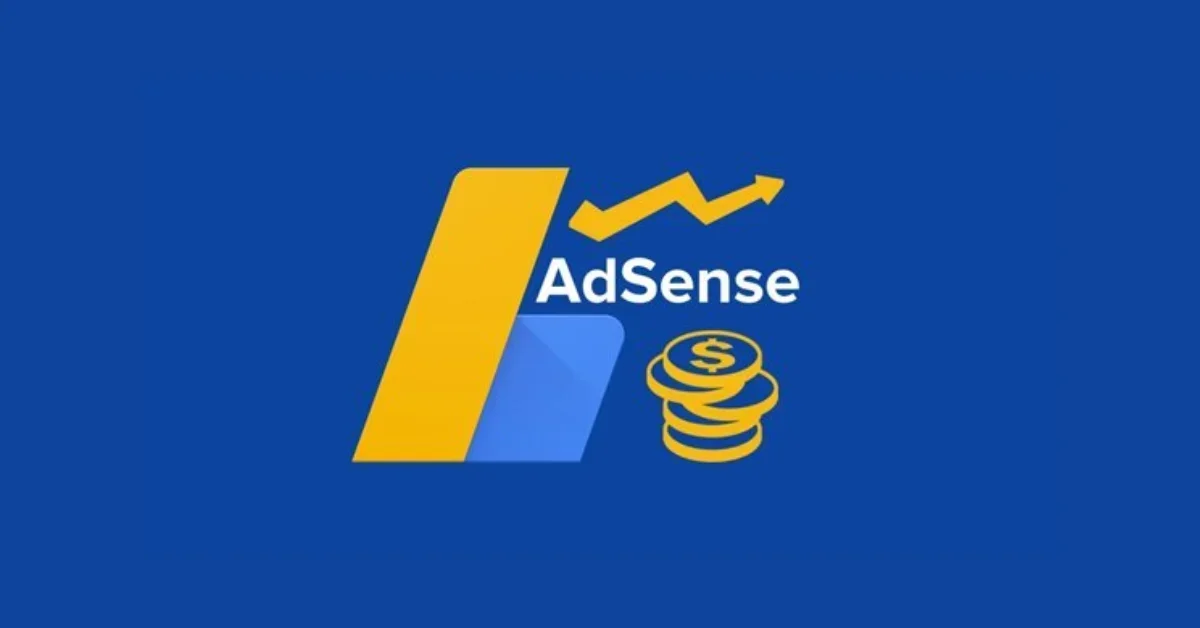Google has announced changes to its video inventory policies, set to take effect on September 23, 2024. These updates primarily involve moving existing policies and clarifying certain points, potentially impacting how publishers monetize their video content.
Key Changes:
Policy Relocation: Video inventory policies will move from the Google Publisher Policies to the Google Publisher Restrictions.
Advertising Impact: Video content that falls under these restrictions may receive less advertising compared to non-restricted content.
Ad Serving Continuity: Google Ads and non-direct Ad Manager transactions will still not serve on restricted video inventory. However, this inventory may receive ads from other advertising products or through direct Ad Manager deals.
Policy Context and Clarifications:
Video Placement Types: The policy defines four types of video ad placements:
- In-stream: Ads within user-requested video content
- Accompanying content: Ads with video content that's not the main focus
- Interstitial: Full-view ads between content transitions
- Standalone: Video ads independent of other video content
Accurate Declarations: Publishers must provide accurate signals about ad placement audibility and type.
Implementation Requirements: Specific SDKs and tags are required for different placement types. For example, in-stream or accompanying content placements must use the Google Interactive Media Ads SDK or Google Programmatic Access Library.
User Experience: The policy emphasizes respecting user experience, including rules on autoplaying content and sticky video placements.
Video Controls: The updated policy clarifies that controls activated by user action (e.g., scrolling, hovering, tapping) are not considered obstructed, hidden, or non-functional.
Sticky Placements: For in-stream or accompanying content placements transitioning to sticky placement, the video player must start in the main content and only transition as the user scrolls.
These updates aim to provide clearer guidelines for publishers regarding video inventory while maintaining a balance between monetization opportunities and user experience. While the core requirements remain largely unchanged, the relocation of these policies to "restrictions" may affect how certain video content is monetized.
Publishers are advised to review these changes thoroughly and assess any potential impact on their video inventory and ad placements before the September 23 implementation date.


